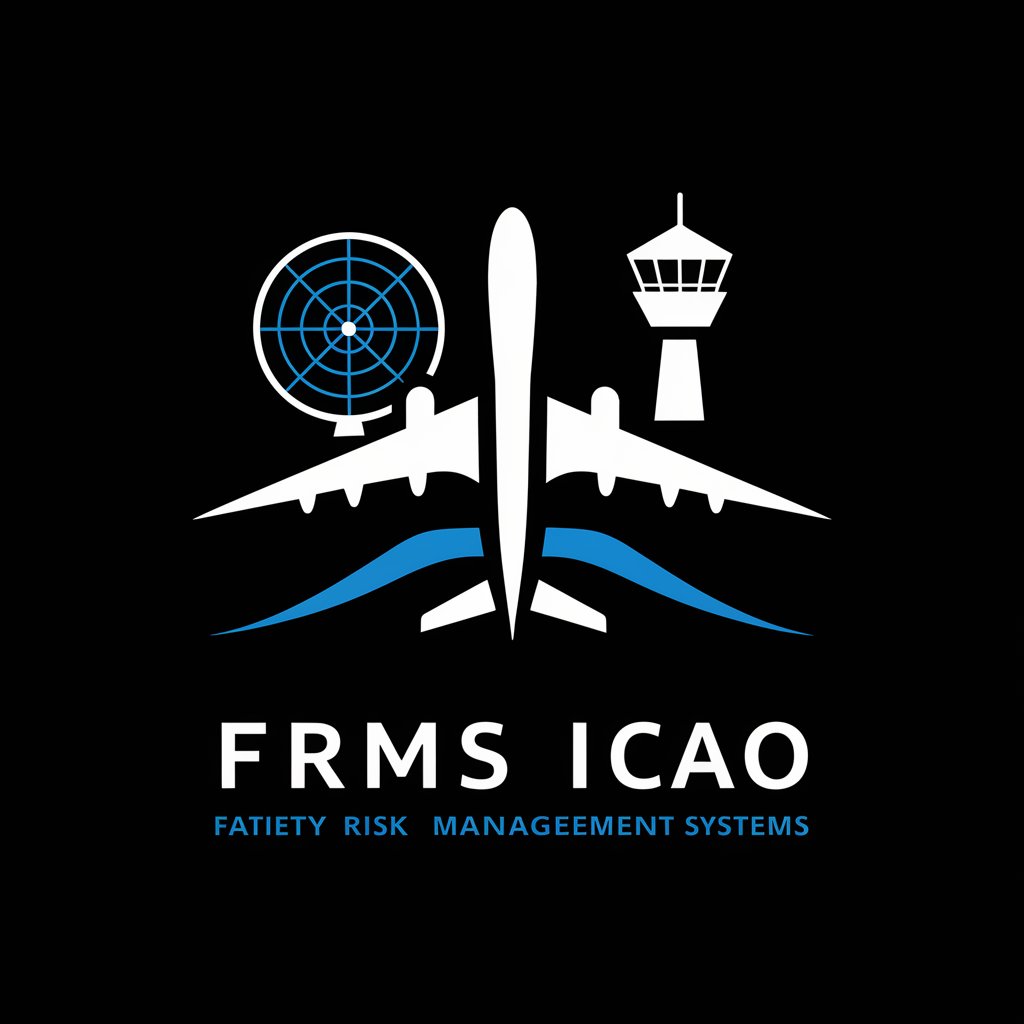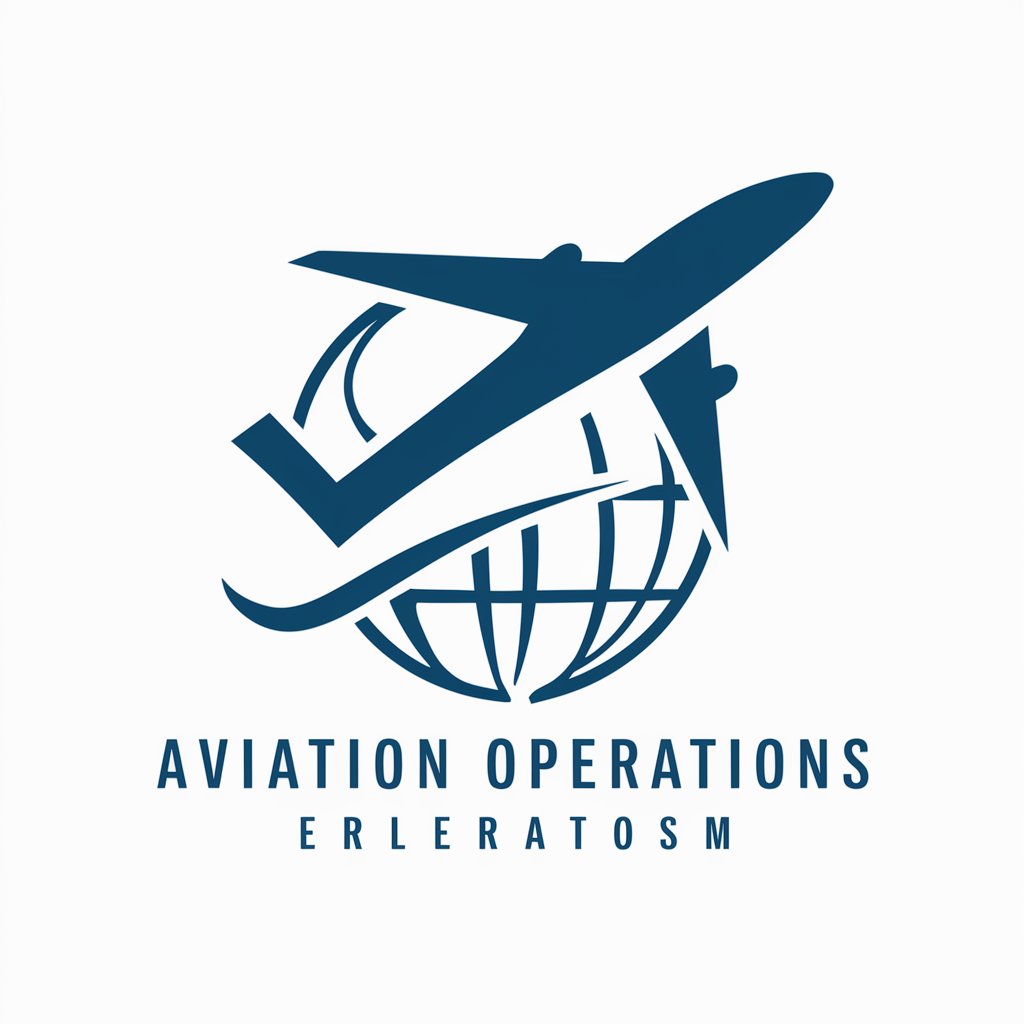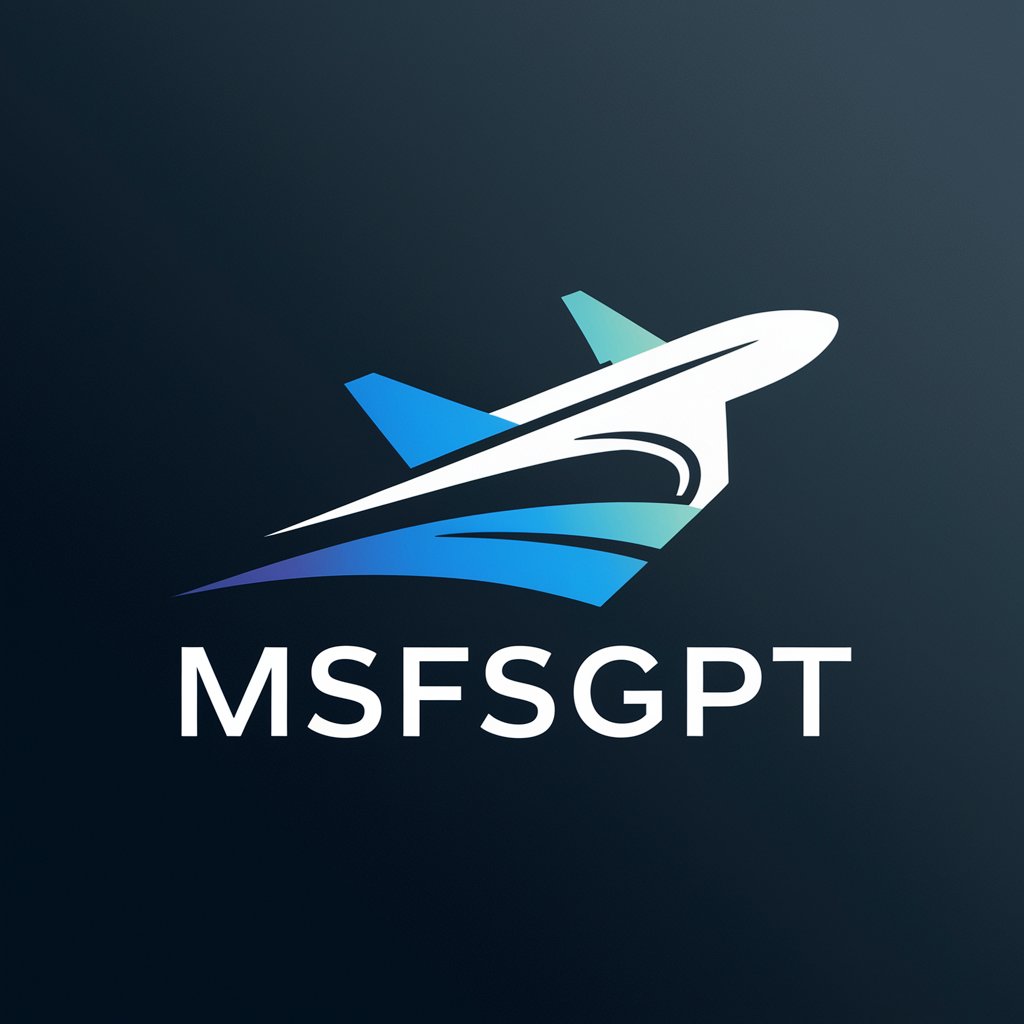
FRMS ICAO - FRMS ICAO Guide and Tips

Welcome to your FRMS advisory hub for air traffic safety.
Optimize aviation safety with AI-driven FRMS
What are the key components of an effective Fatigue Risk Management System for air traffic controllers?
How can air traffic service providers implement data-driven fatigue risk management?
What are the benefits of integrating FRMS into existing safety management systems?
What scientific principles underlie the development of fatigue management guidelines in aviation?
Get Embed Code
Introduction to FRMS ICAO
FRMS ICAO, or Fatigue Risk Management Systems as defined by the International Civil Aviation Organization, is designed to systematically manage the risks associated with fatigue in aviation operations. It contrasts with traditional prescriptive approaches by focusing on data-driven, science-based strategies to ensure personnel are performing at adequate levels of alertness. This system integrates scientific knowledge on fatigue with operational experience and data collection to monitor, manage, and mitigate fatigue-related safety risks. An example scenario illustrating its purpose could involve a flight crew operating long-haul flights across multiple time zones. The FRMS would enable the airline to tailor work-rest schedules based on fatigue science and real-world operational data, ensuring crews are sufficiently rested and alert, thereby enhancing safety and operational efficiency. Powered by ChatGPT-4o。

Main Functions of FRMS ICAO
Continuous Monitoring and Management of Fatigue-Related Safety Risks
Example
Using bio-mathematical models to predict fatigue levels based on crew schedules, flight durations, and time zone changes.
Scenario
Before a transatlantic flight, the FRMS analyzes the crew's schedule using bio-mathematical models to identify potential fatigue risks. Adjustments are made to ensure pilots have adequate rest periods, considering the time zone changes and expected workload.
Data-Driven Decision Making
Example
Collecting and analyzing fatigue data reported by crew members to inform scheduling practices.
Scenario
An airline uses FRMS to collect data on reported fatigue levels from pilots and cabin crew over a period. This data is analyzed to identify patterns and inform changes to scheduling practices, such as adjusting flight rosters to allow for longer rest periods or implementing strategic napping policies during longer flights.
Integration with Safety Management Systems
Example
Incorporating fatigue risk management into the broader safety management framework of an aviation organization.
Scenario
An air traffic service provider integrates FRMS into its existing safety management system, allowing for a holistic approach to managing safety risks, including those related to fatigue. This integration facilitates better communication and decision-making processes across the organization regarding fatigue management.
Ideal Users of FRMS ICAO Services
Airline Operators
Airline operators benefit from FRMS by enhancing flight safety through tailored fatigue management practices. This user group includes both commercial passenger and cargo airlines seeking to optimize crew performance and well-being while complying with regulatory standards.
Air Traffic Service Providers
Providers of air traffic control services use FRMS to ensure air traffic controllers manage fatigue effectively, maintaining high levels of concentration and decision-making ability during operations, especially during night shifts or extended periods of duty.
Regulatory Bodies
Regulatory bodies, including civil aviation authorities, use FRMS as a framework to evaluate and oversee fatigue management practices within aviation organizations, ensuring they meet established safety standards and contribute to the overall safety of the aviation system.
Pilots and Cabin Crew
Although not direct operators of FRMS, pilots and cabin crew are primary beneficiaries. The system's focus on mitigating fatigue directly impacts their work schedules, health, and job satisfaction, as well as the safety of the flights they operate.

Using FRMS ICAO: A Step-by-Step Guide
1
Start your journey with a trial at yeschat.ai, offering immediate access without the need for a subscription or ChatGPT Plus.
2
Familiarize yourself with the International Civil Aviation Organization (ICAO) guidelines on FRMS by reviewing the official ICAO documentation and resources.
3
Identify your organization's specific needs and use cases for FRMS, such as enhancing safety management or optimizing crew scheduling and workload.
4
Apply FRMS principles to analyze and mitigate fatigue risks within your operations, utilizing data-driven approaches and bio-mathematical models.
5
Regularly review and adjust your FRMS practices based on feedback, scientific advancements, and changes in operational demands to continuously improve safety and efficiency.
Try other advanced and practical GPTs
Half A Day Ahead meaning?
Empowering Decisions with AI Insight

OptiSmile Dental Charting
Streamline Dental Charting with AI

Modern PHP/Laravel
Elevate web development with Laravel

Crypto Trend Buddy
AI-powered cryptocurrency trend analysis.

Butter Tarts Mood Chef
Tailoring Butter Tarts to Your Mood

Peking Duck Mood Chef
Crafting Peking Duck to Match Your Mood

英愛アル
Revolutionizing Writing with AI Insight

Генератор SEO Мета-Тегов
Revolutionize Your SEO with AI-Powered Meta-Tags

챗GPT
Empowering Communication with AI

Microcopy GPT
Craft compelling microcopy effortlessly.

Branded Barbershop App | 24 hr Preview
Elevate Your Barbershop with AI

EnneagramAI by TEOTS
Discover Yourself with AI-Powered Enneagram Insights

FRMS ICAO: Detailed Q&A
What is FRMS ICAO?
FRMS ICAO refers to the Fatigue Risk Management Systems as outlined by the International Civil Aviation Organization, focusing on managing and mitigating fatigue-related safety risks in aviation operations through data-driven and scientific approaches.
How does FRMS ICAO benefit aviation stakeholders?
FRMS ICAO benefits aviation stakeholders by enhancing safety, improving operational efficiency, and fostering a proactive safety culture. It allows for flexible scheduling while ensuring crew members maintain high levels of alertness.
Can FRMS ICAO be integrated into existing safety management systems?
Yes, FRMS ICAO is designed to be integrated into existing safety management systems, providing a framework for identifying, assessing, and mitigating fatigue risks as part of an organization's overall safety strategy.
What are the key components of an FRMS according to ICAO?
Key components include fatigue risk management policy, risk management processes, fatigue reporting and monitoring systems, training and education programs, and continuous improvement processes.
How is compliance with FRMS ICAO guidelines monitored and enforced?
Compliance is typically monitored through regular audits and assessments by aviation regulatory bodies. Organizations are required to demonstrate effective fatigue risk management practices and continuous improvement in their FRMS implementations.





